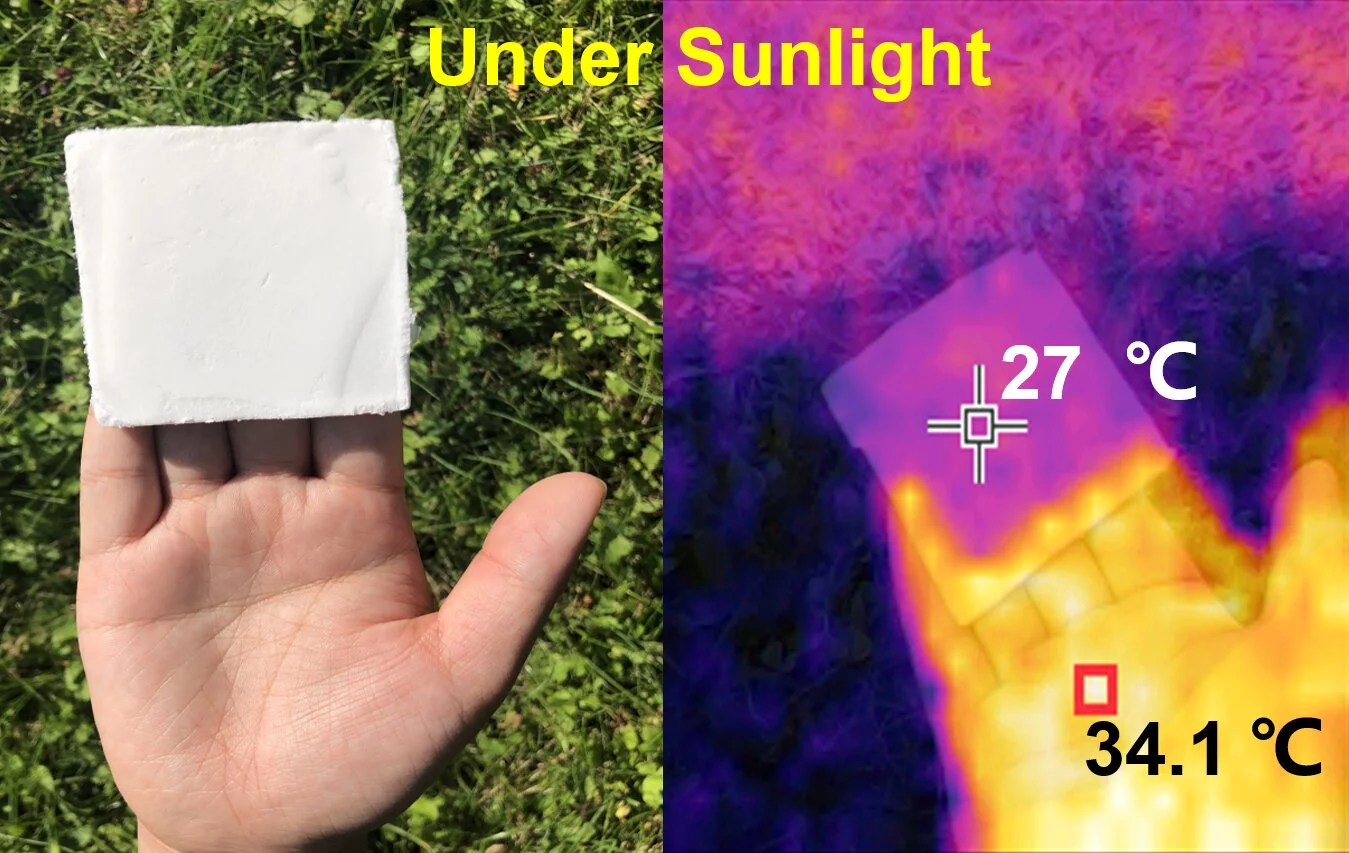According to new atlas, a large amount of energy is used for heating and cooling homes and buildings, so it is important to find new ways to passively adjust the temperature** Engineers in China and Germany have developed a new kind of wood foam, which can greatly reduce the temperature of buildings to a level that can be easily adjusted.

Air conditioning is effective, but it is not the most environmentally friendly way to cool down. In recent years, scientists have been developing technologies that do not consume a lot of power, including ultra white coatings or mirror coatings that reflect sunlight, and radiation cooling systems that emit the heat of buildings into the sky in the form of infrared waves.
However, the effectiveness of these systems will be different under different conditions. For example, if the weather is particularly hot or humid, the reflective coating can still allow heat to enter, while if it is cloudy, the effect of radiation cooling is not ideal. The degree of cooling is also difficult to control.
Now, scientists from Gottingen University and Nanjing Forestry University have created a new material, which they say solves some of these problems. It is basically a kind of foam like material made of wood, which can reflect sunlight, keep warm, and discharge the absorbed heat back to the atmosphere.

It is made of cellulose nanocrystals, connected by silane bridges, and then freeze-dried into white lightweight foam. The final product can reflect 96% of the solar visible light and emit 92% of the infrared radiation it absorbs.
To test the cooling capacity of the material, the researchers placed it on a box lined with aluminum foil and placed it in direct sunlight at noon. This material makes the inside of the box 9.2 ° C lower than the outside air. Even in wet weather, it still keeps the inside at 7.4 ° C. Researchers estimate that if it is extended to the roof and walls of buildings, it can reduce the energy demand for refrigeration by an average of 35%.
The most intriguing thing is that if the foam is compressed, its cooling capacity will decrease. This may sound like a disadvantage, but the research team said that squeezing foam may be a useful method to fine tune the cooling amount according to the requirements of weather or environment.
The researchers said that the new cooling foam could eventually pave the way for thermal conditioning materials, which are not only environmentally friendly in themselves, but also reduce the energy cost of cooling.
The study was published in nano communications 》In the magazine.